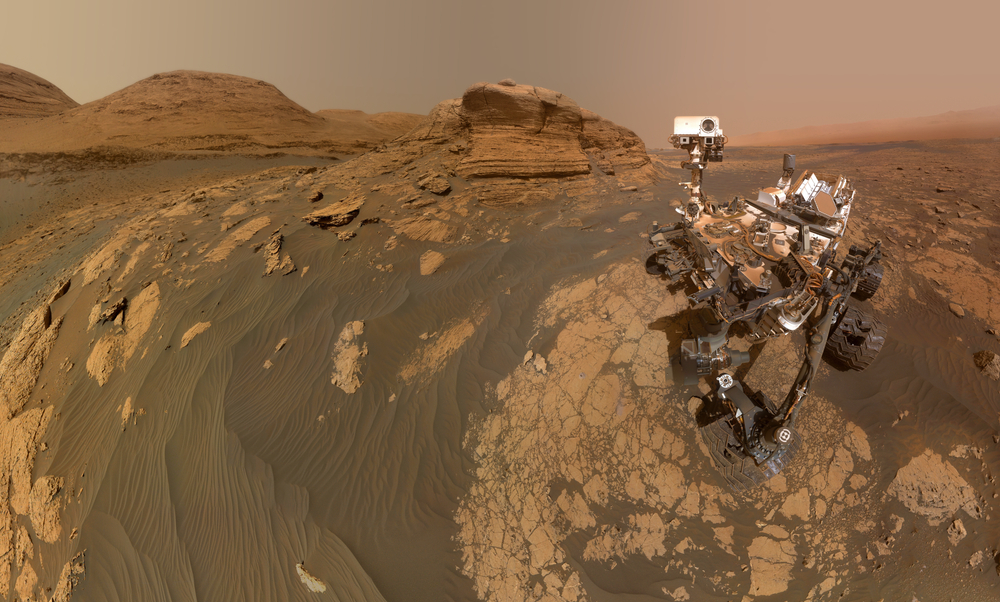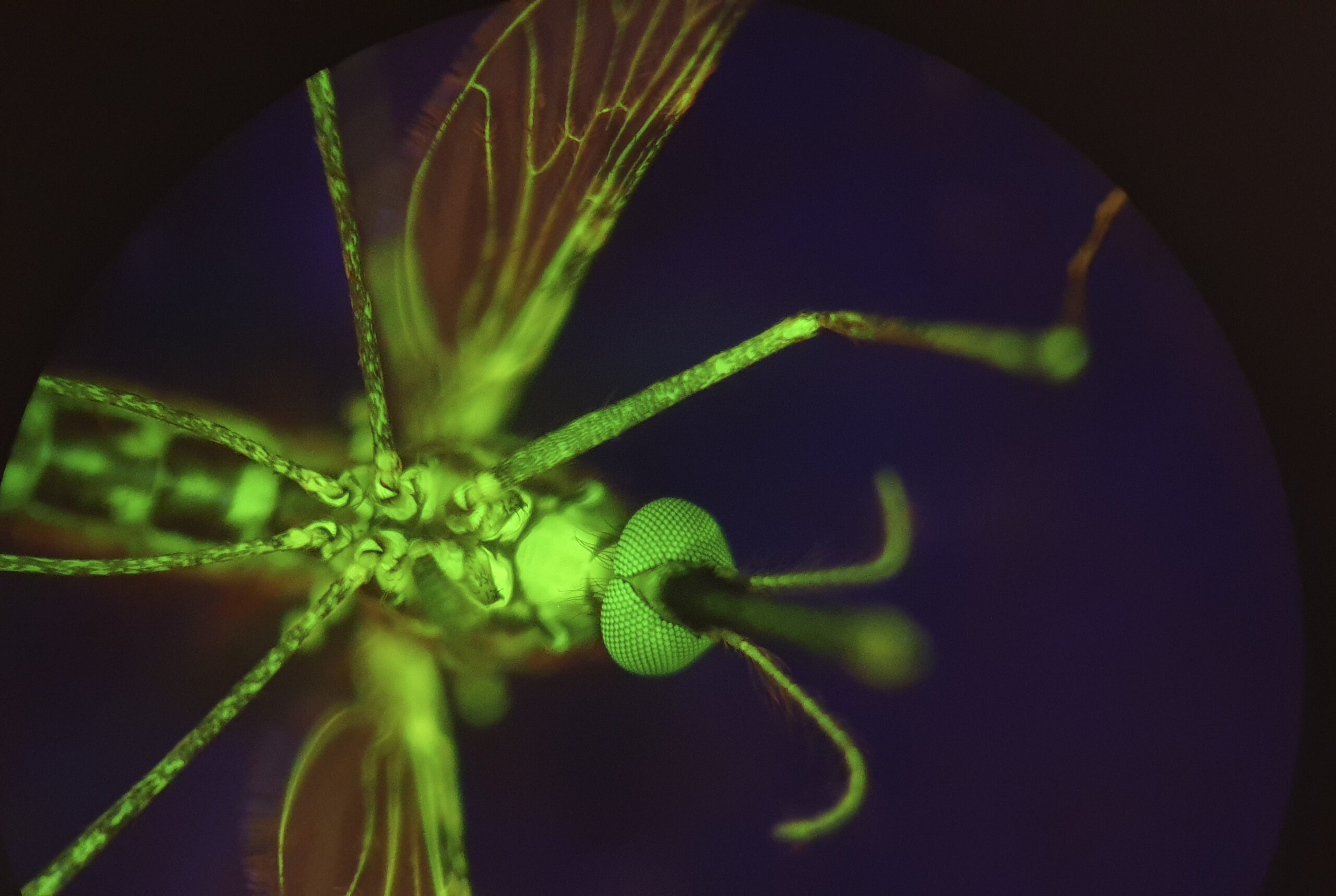Now Reading: New Mars Molecules Mirror Earth’s Building Blocks for Life
-
01
New Mars Molecules Mirror Earth’s Building Blocks for Life
New Mars Molecules Mirror Earth’s Building Blocks for Life

Fast Summary
- NASA’s Curiosity rover, operational since 2012, has discovered long-chain organic molecules on Mars, specifically within sedimentary rocks in the Gale Crater.
- These molecules are carbon chains with up to 12 carbon atoms and resemble fatty acids that are vital for biological processes on Earth.
- researchers suggest these molecules formed around 3.7 billion years ago but remain uncertain whether they originated through biological or non-biological processes.
- The preservation-friendly Martian mudstone conditions allowed these compounds to stay intact over billions of years.
- Curiosity’s SAM instrument suite has been instrumental in detecting and analyzing organic compounds on Mars previously linked to possible habitability conditions.
- Future missions such as ESA’s ExoMars (scheduled for 2028) aim to further explore Mars’ surface for similar organic structures, alongside planned sample return efforts by NASA and ESA.
- Outside mars exploration, the Dragonfly mission (2034) will analyze Saturn’s moon Titan for comparable life-organic chemistry insights.
Read More: Evidence of Ancient Beaches Shows Us a mars With Large Ice-Free Oceans
indian Opinion Analysis
The discovery of long-chain organic molecules marks a profound advancement in humanity’s scientific quest to understand extraterrestrial life potential. For India, which has actively pursued its own planetary exploration programs like Chandrayaan and Mangalyaan missions under ISRO’s banner, such findings provide added incentive toward deeper interplanetary research collaborations.
While direct evidence of past or current biological activity on Mars remains elusive, understanding the chemical composition of ancient habitable environments could inform India’s plans should future global missions explore resource-sharing opportunities or joint ventures. For instance, sharing advanced technologies akin to NASA’s SAM suite might improve India’s capabilities in astrobiological investigations.
Moreover, increasing global ambitions across space agencies – notably ESA’s ExoMars launch plan – underscored by discoveries like this could encourage countries like India to contribute specialized instruments or expertise through cooperation targeting high-priority zones believed rich in organics.
As India’s position grows globally concerning space science innovation capabilities while aligning technically neutral cooperation formats equally; mapping implications bridges closer pathways unfolding a scientific horizon perhaps fostering cross-agency experiments timely altogether strengthening routable collaborative development parameters therein universe developmental propulsion pools sustainability landscapes nearer futuristic star echo lines brighter vibrant aspirational compelling enterputs! Shift dynamic roots expand






















